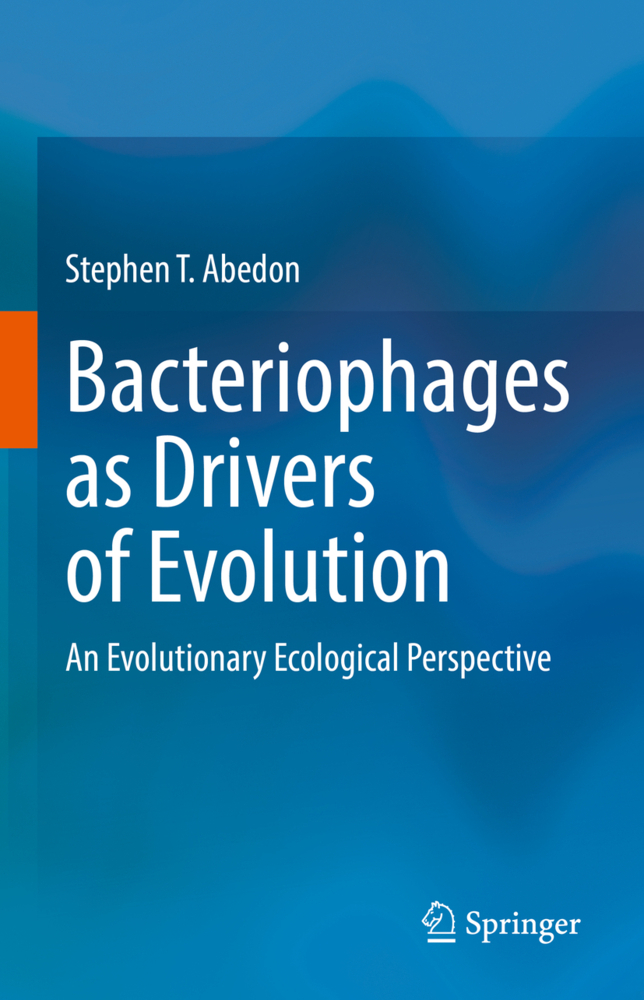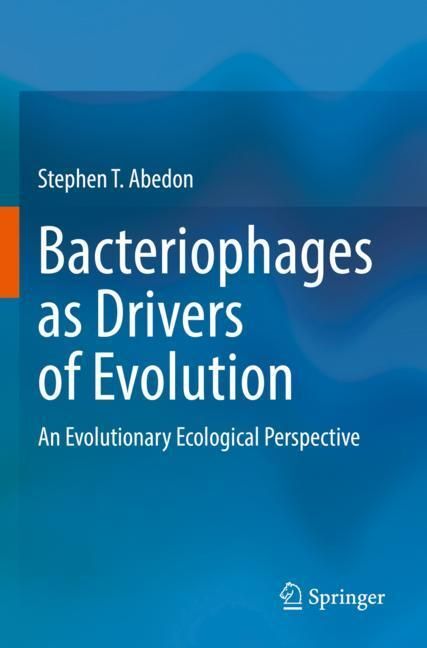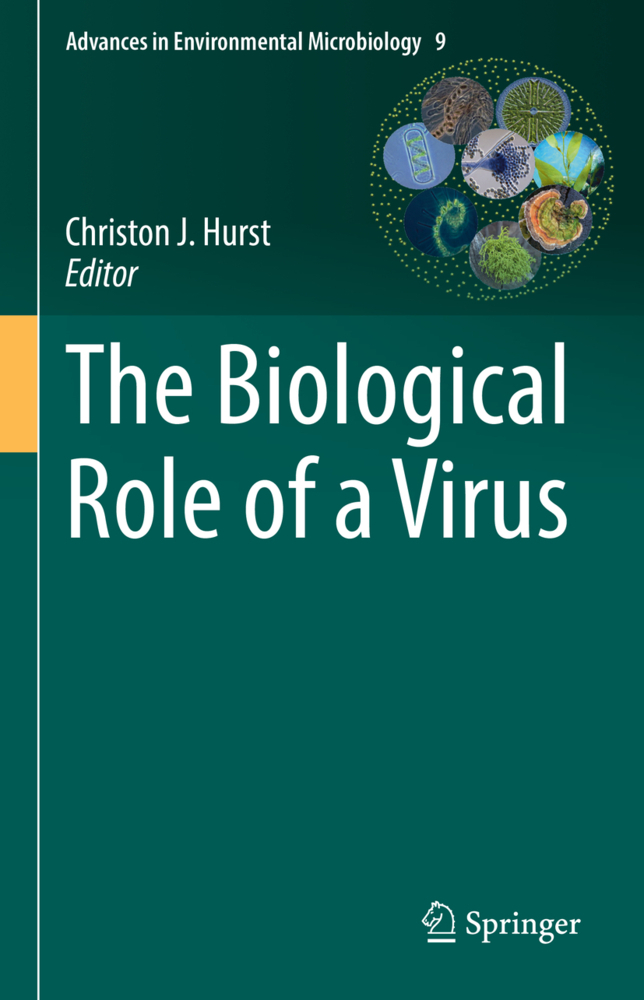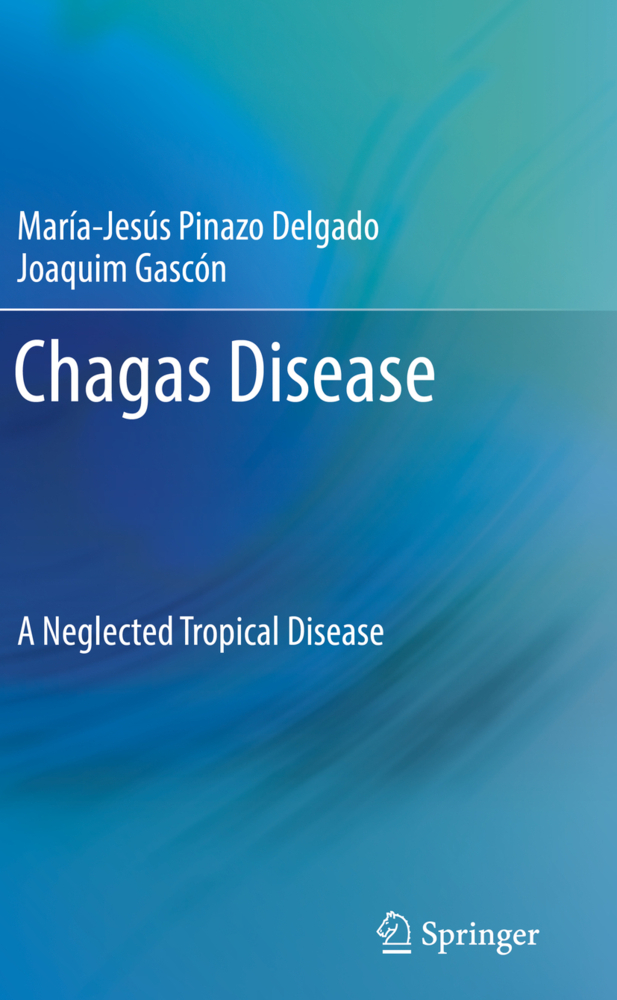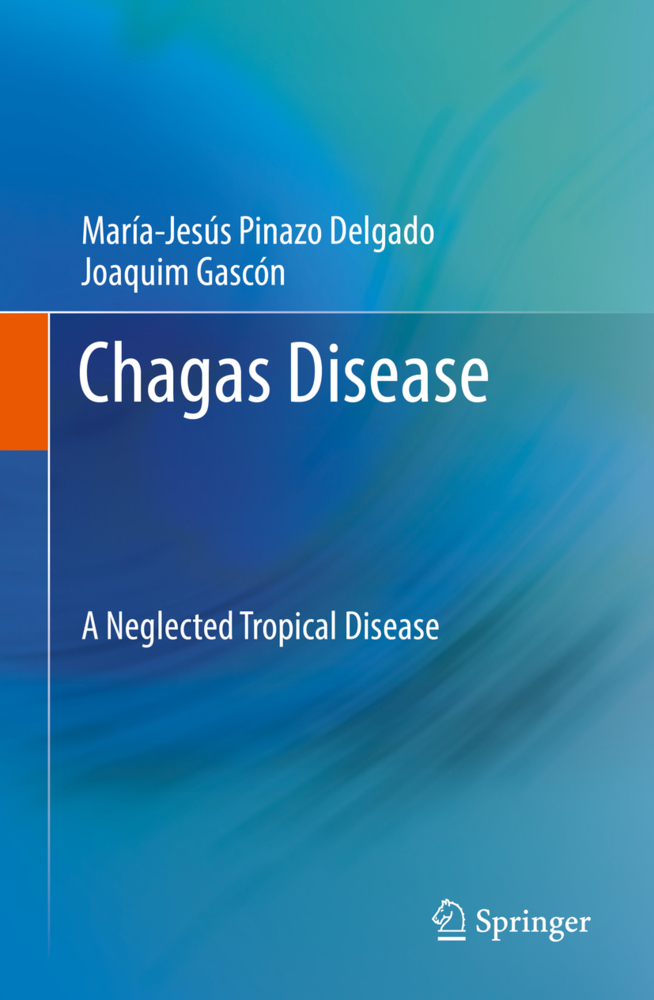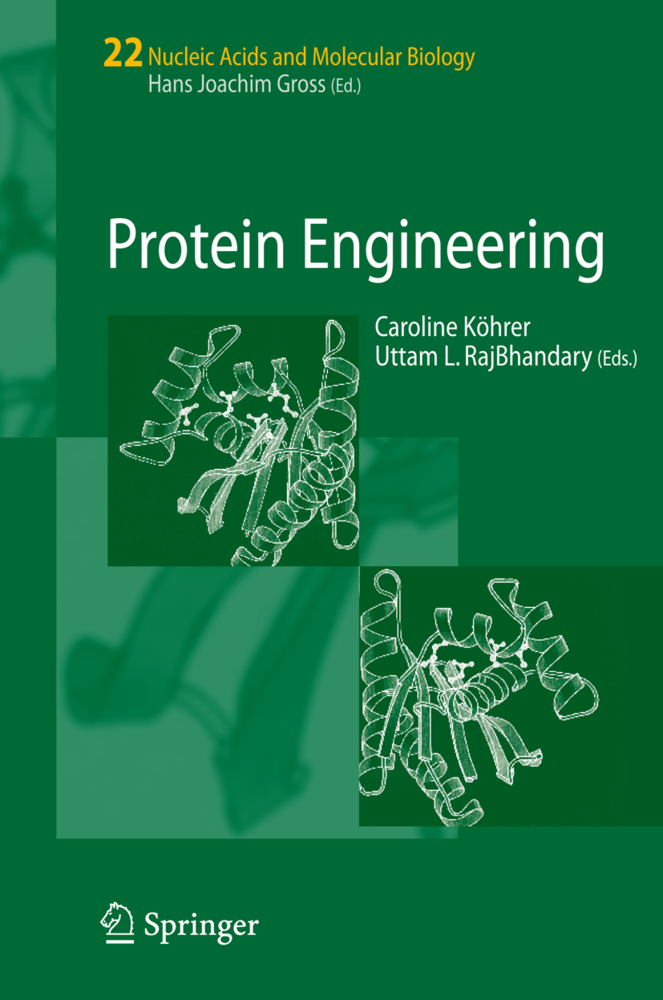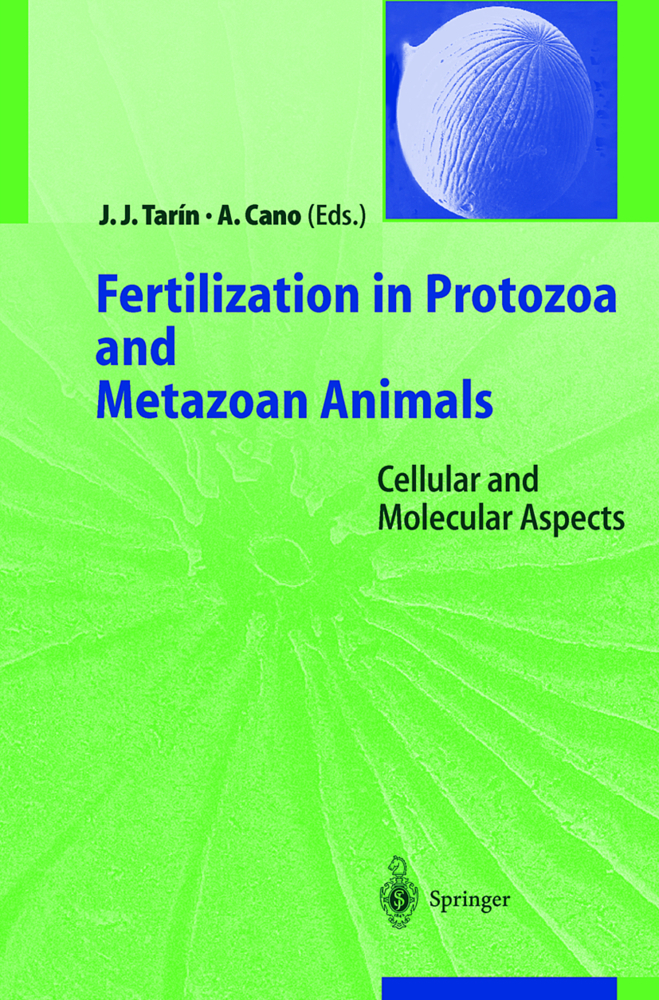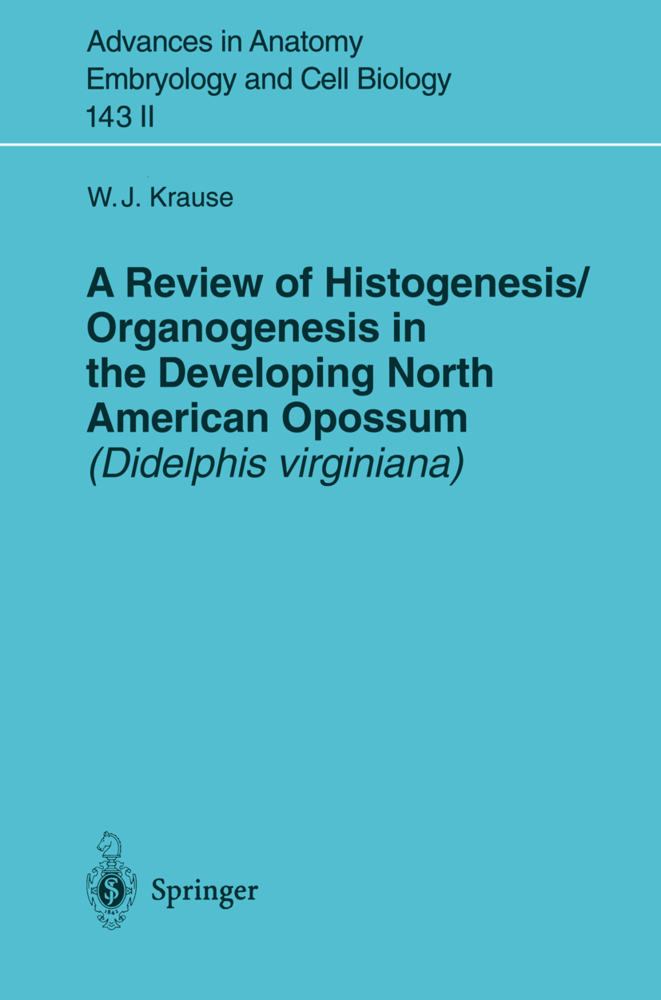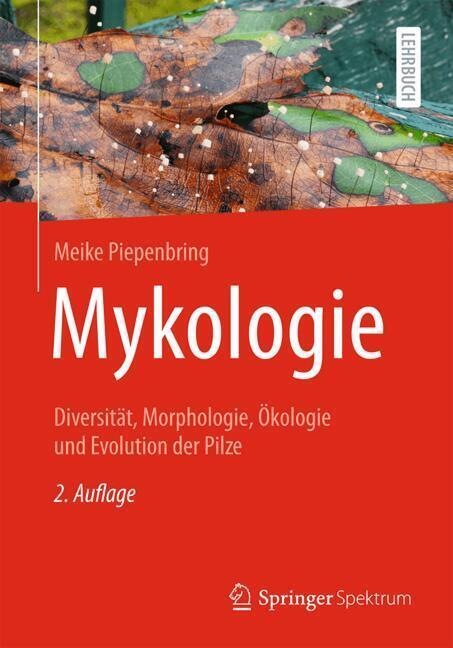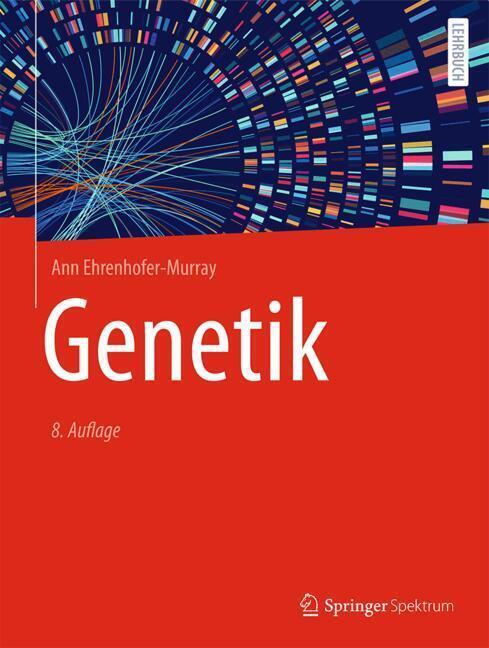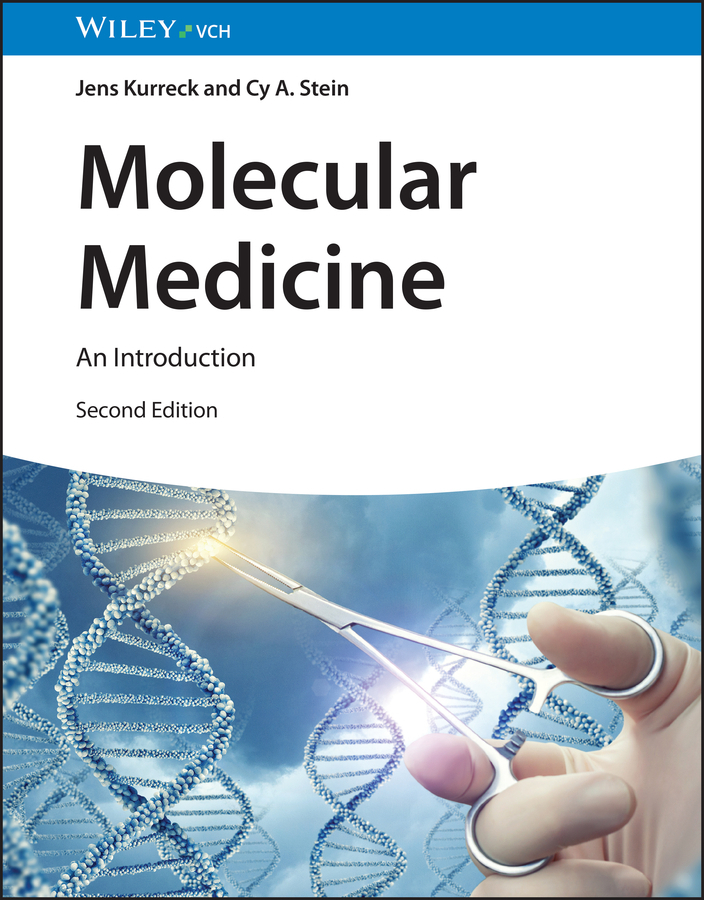Bacteriophages as Drivers of Evolution
The book starts with a general overview of bacteriophages. Topics discussed in detail include but are not limited to mutagenesis, migration, natural selection and genetic drift as the drivers of evolution as well as an extensive discussion from the author's unique perspective on phage ecology.
Chapter 1. Bacteriophages, a Brief Introduction
Chapter 2. A Closer Overview of Phage Infections
Chapter 3.Evolutionary Biology Basics
Chapter 4. Brief Introduction to Phage Ecology
Chapter 5.Bacterial Mutation Associated with Phages: Insertions
Chapter 6. Bacterial Mutation Associated with Phages: Deletions
Chapter 7. Genetic Drift and Phages
Chapter 8. Phages and Asexual Bacterial Populations
Chapter 9.Phage Impact on Non-Random Mating Among Bacteria
Chapter 10. Genetic Migration and Phages
Chapter 11. Bacterial Reproductive Isolation and Its Violation by Phages
Chapter 12. Phage-Provided Environmental DNA and Superspreading
Chapter 13. Transduction of Large Amounts of DNA
Chapter 14. Phage Morons
Chapter 15. Why Lysogenic Conversion?
Chapter 16. Prophages Preventing Phage Superinfection
Chapter 17. Domestication of Phage Genes
Chapter 18.Resistance to Phages, Part I: Overview
Chapter 19. Resistance to Phages, Part II: Bacteria Live!
Chapter 20.Resistance to Phages, Part III: Bacteria Die..-Chapter 21. Bacterial Mutation to Phage Resistance
Chapter 22. Pleiotropic Costs of Phage Resistance
Chapter 23. Concepts of Natural Selection in Light of Phage Exposure
Chapter 24. Frequency-Dependent Selection in Light of Phage Exposure
Chapter 25. A Primer on Phage-Bacterium Antagonistic Coevolution.
Abedon, Stephen T.
| ISBN | 978-3-030-94308-0 |
|---|---|
| Medientyp | Buch |
| Copyrightjahr | 2022 |
| Verlag | Springer, Berlin |
| Umfang | XXV, 377 Seiten |
| Sprache | Englisch |

